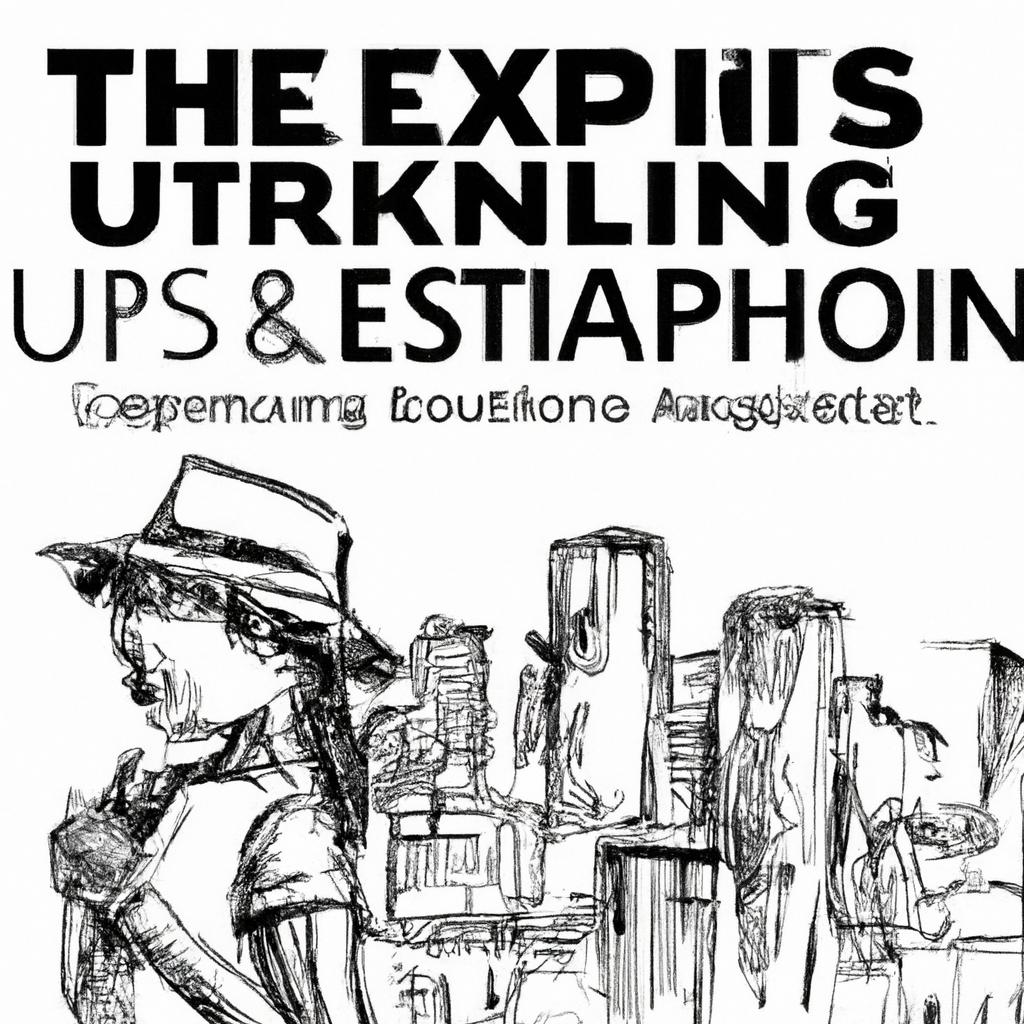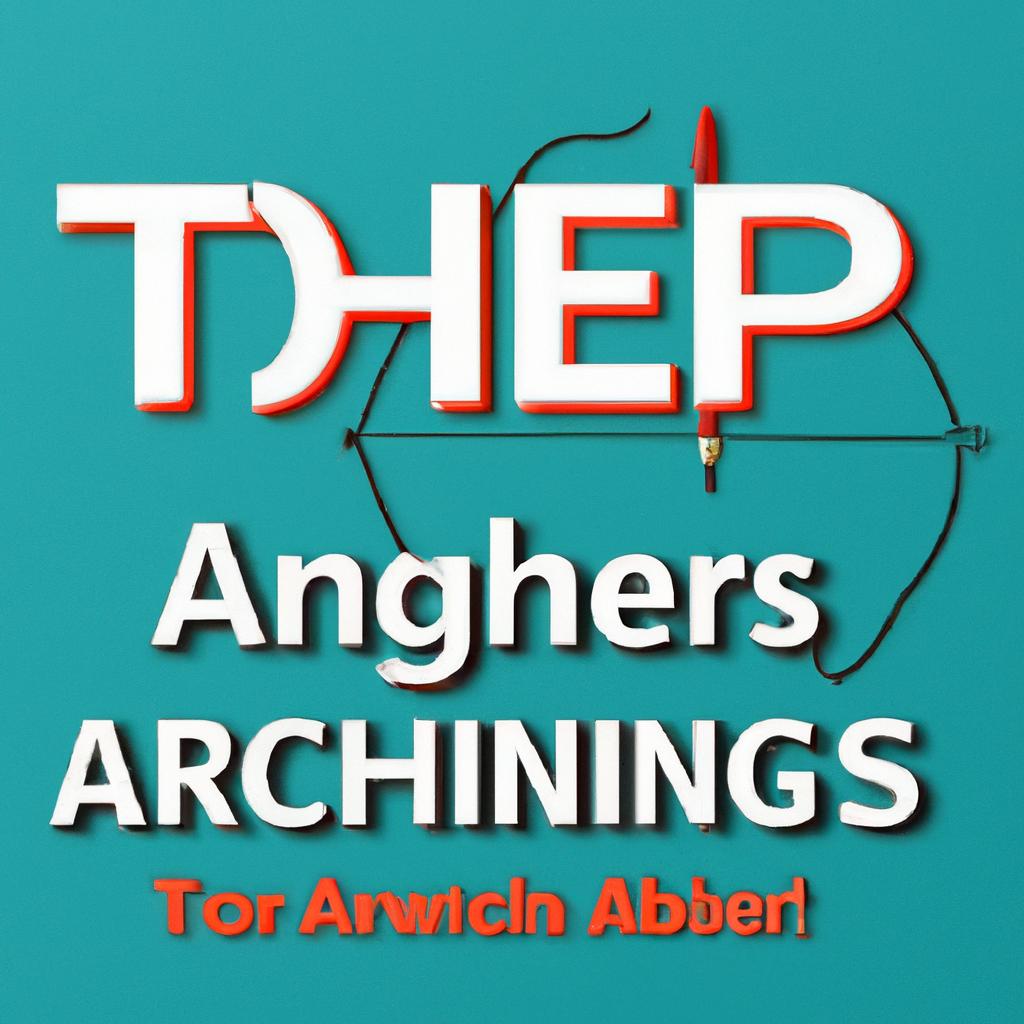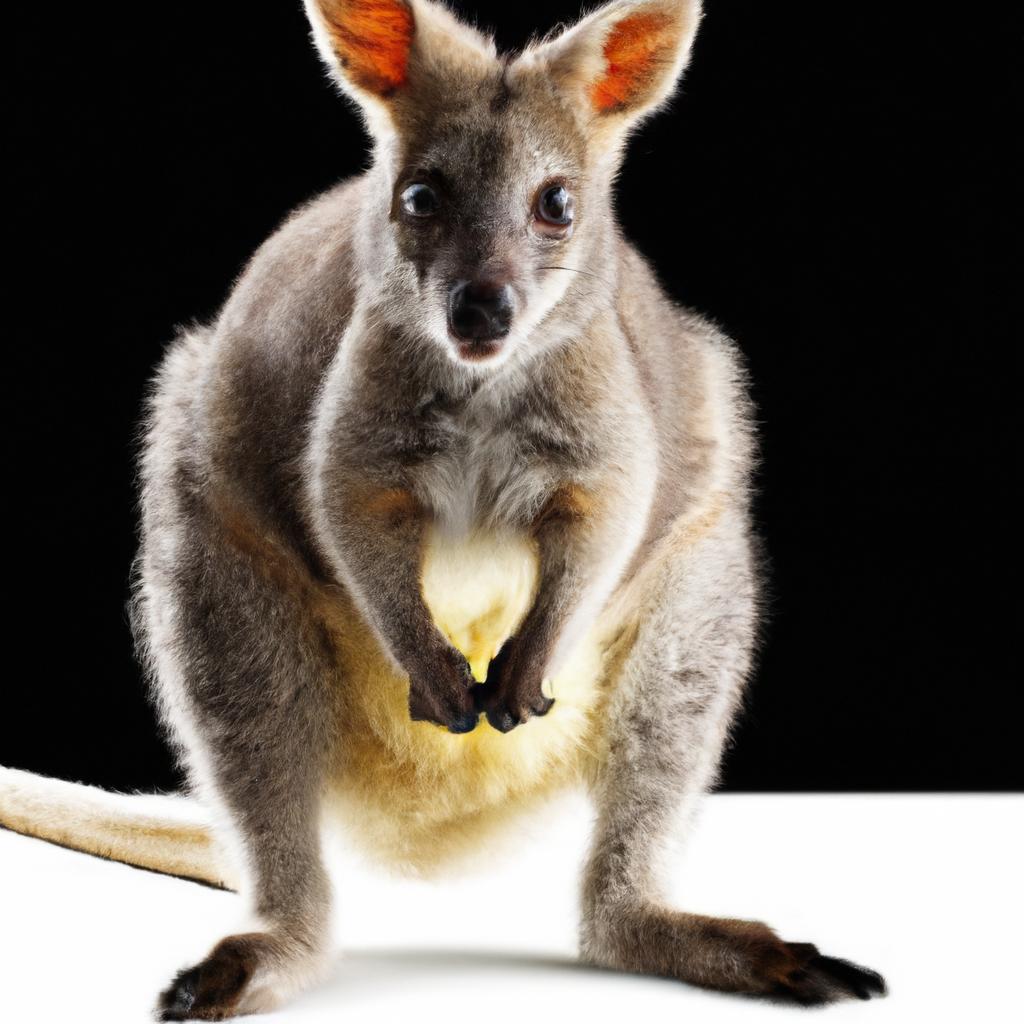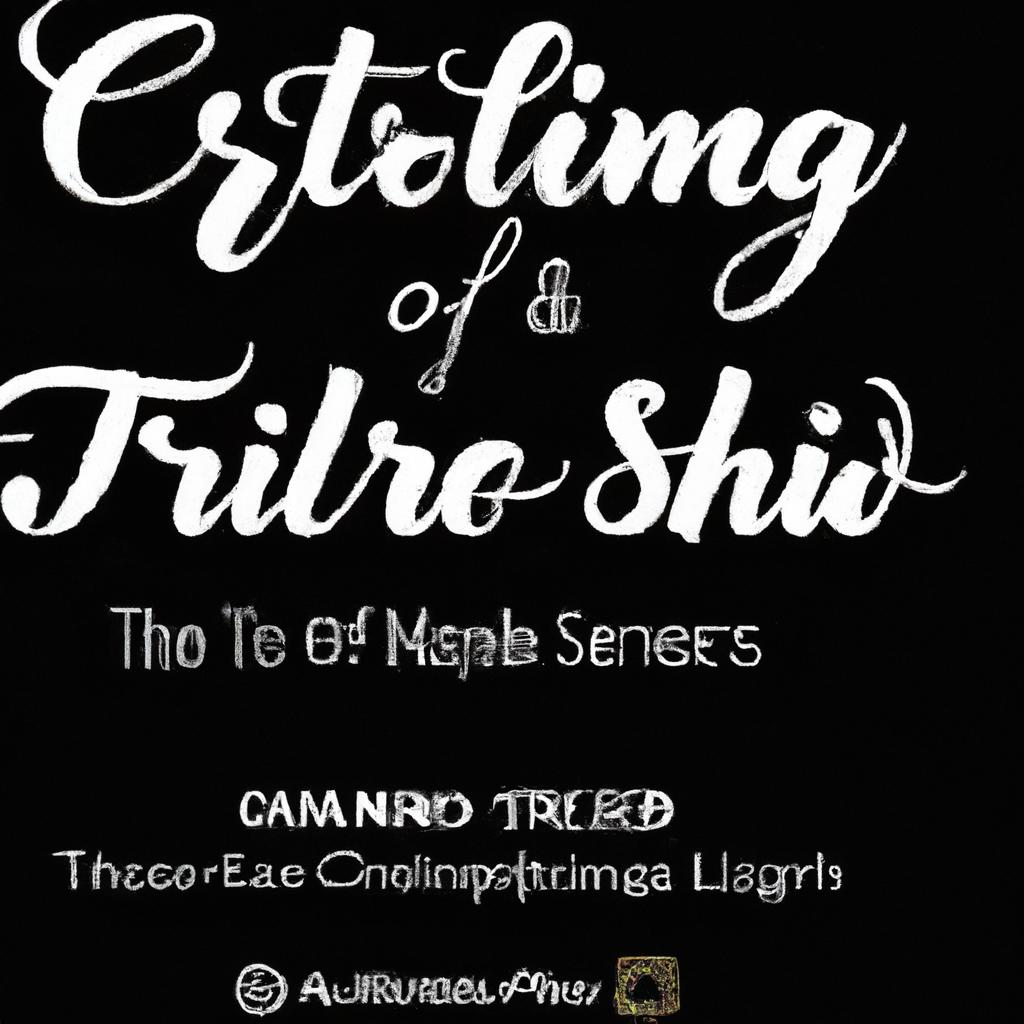Urban sketching is a captivating artform that captures the essence of city life through the eyes of an artist. From bustling street scenes to charming architectural details, urban sketching offers a unique perspective on our everyday surroundings. In this article, we will delve into the world of urban sketching, exploring the techniques and tools that are essential for bringing urban landscapes to life on paper. Whether you’re a seasoned artist or a beginner looking to try something new, urban sketching is a creative and rewarding way to connect with the urban environment around you.
Table of Contents
- Understanding Urban Sketching as a Creative Practice
- Essential Techniques for Capturing Urban Scenes
- Choosing the Right Tools for Urban Sketching
- Exploring Different Styles and Approaches in Urban Sketching
- Q&A
- To Wrap It Up
Understanding Urban Sketching as a Creative Practice
Urban sketching is a form of artistic expression that captures the essence of a city or urban environment through on-location drawing. It involves quickly capturing scenes and moments in ink, pencil, or watercolor, and is a popular practice among artists, architects, and designers. One of the key aspects of urban sketching is its focus on spontaneity and capturing the energy and character of a place in a short amount of time.
When it comes to techniques and tools for urban sketching, there are several approaches that artists can take to create their sketches. Some common techniques and tools used in urban sketching include:
- Quick sketches with a pen or pencil
- Watercolor washes to add color and depth
- Adding details with fine-line pens or markers
- Using a sketchbook or loose sheets of paper
Essential Techniques for Capturing Urban Scenes
Urban sketching is a popular art form that allows artists to capture the essence of city life through quick and expressive drawings. To create compelling urban scenes, it is essential to master a few key techniques and use the right tools. One important technique to remember is to focus on capturing the overall mood and atmosphere of the cityscape, rather than getting bogged down in the details. Use bold lines and gestures to convey the energy and movement of urban life.
When sketching urban scenes, it is also important to pay attention to composition and perspective. **Experiment** with different viewpoints, angles, and framing to create dynamic and visually interesting sketches. Play with light and shadow to add depth and dimension to your drawings. And don’t be afraid to **incorporate** elements of the environment, such as signage, street furniture, and people, to add context and interest to your urban sketches.
Choosing the Right Tools for Urban Sketching
When it comes to urban sketching, choosing the right tools can make all the difference in capturing the essence of a cityscape. The key is to find tools that are portable, versatile, and easy to use on-the-go. Here are some essential tools to consider for urban sketching:
- Pens: A good set of pens is essential for urban sketching. Look for pens with different tip sizes to achieve varying line weights and textures.
- Sketchbook: A high-quality sketchbook is a must-have for urban sketching. Opt for a sketchbook with sturdy paper that can handle different types of media.
- Watercolor pencils: Watercolor pencils are a great option for adding a pop of color to your urban sketches. They are portable and easy to use, making them ideal for on-the-go sketching.
Experimenting with different tools and techniques is part of the fun of urban sketching. Find what works best for you and don’t be afraid to mix and match tools to create unique and interesting sketches. Remember, the most important thing is to have fun and enjoy the process of capturing the beauty of the urban landscape.
Exploring Different Styles and Approaches in Urban Sketching
When it comes to urban sketching, there are a plethora of techniques and tools that artists can use to capture the essence of a cityscape. From quick pencil sketches to detailed watercolor paintings, each approach offers a unique way of interpreting the urban environment. One popular technique is line drawing, where artists focus on capturing the outlines and shapes of buildings and streets. This minimalist approach can create striking and dynamic compositions.
For those looking to add more depth and dimension to their urban sketches, watercolor is a popular choice. By layering washes of color over their drawings, artists can bring a sense of vibrancy and life to their sketches. Additionally, using urban sketching pens with varied tip sizes can help artists achieve different levels of detail in their work. Experimenting with different techniques and tools is key to finding a style that resonates with each artist’s individual creative process.
Q&A
Q: What is urban sketching and how is it different from traditional sketching?
A: Urban sketching is the act of capturing everyday scenes and objects in urban environments through on-location drawing. Unlike traditional sketching, urban sketching focuses on spontaneity and capturing the essence of a location rather than creating a highly detailed and polished piece of art.
Q: What are some techniques that urban sketchers use to create their sketches?
A: Urban sketchers often use techniques such as quick gestures, loose lines, and capturing the overall feeling of a scene rather than getting bogged down in details. They also use techniques like perspective drawing, layering, and adding texture to create dynamic and expressive sketches.
Q: What are some essential tools for urban sketching?
A: Some essential tools for urban sketching include a sketchbook or sketchpad, a variety of pens and pencils, a portable watercolor set, a water brush pen, and a sturdy bag or carrying case to hold all of your supplies. Other useful tools include a portable stool or chair, a sketching umbrella for shade, and a small sharpener and eraser.
Q: What are some tips for beginner urban sketchers?
A: For beginner urban sketchers, it’s important to start small and focus on capturing simple scenes or objects before moving on to more complex compositions. It’s also helpful to practice regularly, experiment with different techniques and tools, and learn from other urban sketchers by attending workshops or joining sketching groups. Most importantly, have fun and embrace the imperfections in your sketches – it’s all part of the process!
To Wrap It Up
As we wrap up our exploration of urban sketching techniques and tools, we hope you feel inspired to pick up a sketchbook and capture the vibrant world around you. Whether you’re a seasoned artist or a beginner, urban sketching offers a unique way to connect with your surroundings and unleash your creativity. So grab your favorite tools, hit the streets, and let the city be your muse. Happy sketching!





